Artist Interview: Jeremy Sancha
18 June 2025
Lino-cut printmaker Jeremy Sancha talks us through his process and creative origins.

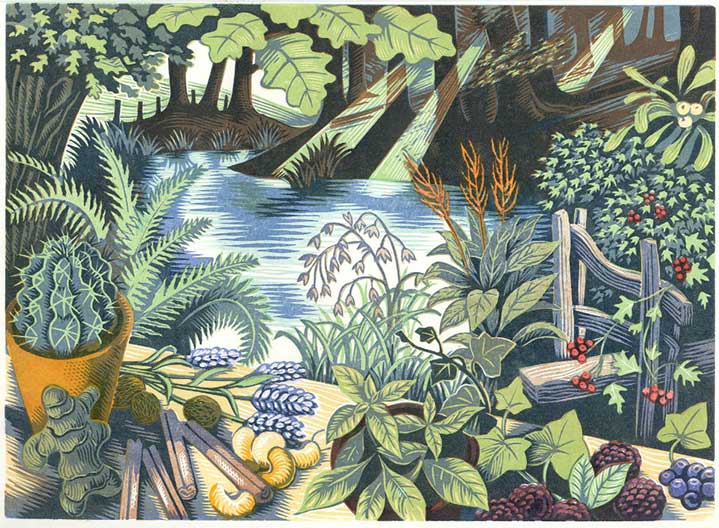
CIA have had the pleasure of representing Jeremy for many years now. One of our handful of print-makers, he learnt his craft at Saint Martins and Winchester and then, having bought an Albion Press for linocut print-making at auction, he set up a studio in London. He has worked with most of the British broadsheets as well as producing wonderfully designed packaging for the likes of Crabtree & Evelyn and Waitrose and ad work for American Express among others.
In his own words, here’s how things started and an insight into his inspirations and processes…
"My cultural background is steeped in the arts and living in central London where I was surrounded by people from all areas of creativity. Both my parents were artists alongside an uncle, great uncles and a great grandfather, so there was nothing unusual in my career choice. Both my parents had studios at home so I was surrounded by artworks on the walls which was a backdrop to my childhood. Perhaps the person in the family who gave me most encouragement was an uncle in Spain who as an artist himself took me out sketching during a long stay there with him when I was 17.
I started working in lino print making well before my time at Art School. With less distractions then and having the materials, inks paper and space, I was able to experiment and try out different approaches. In those days I used water based inks and hand pressing (probably with a spoon) to print my images. At that time I used a single piece of lino and after each cutting would take a print using the reduction method. Now with the Albion press I usually use several plates which allows me to adjust the colours. Changing to oil based inks and using several plates has altered the result has made a huge difference to my work.
At art school I studied painting but also spent a lot of time in the print making department. At Winchester Art School I was taught lino-cutting by Blair-Hugh Stanton and etching by Norman Ackroyd. I enjoyed both these mediums but to pursue both after leaving art school was ultimately unrealistic.
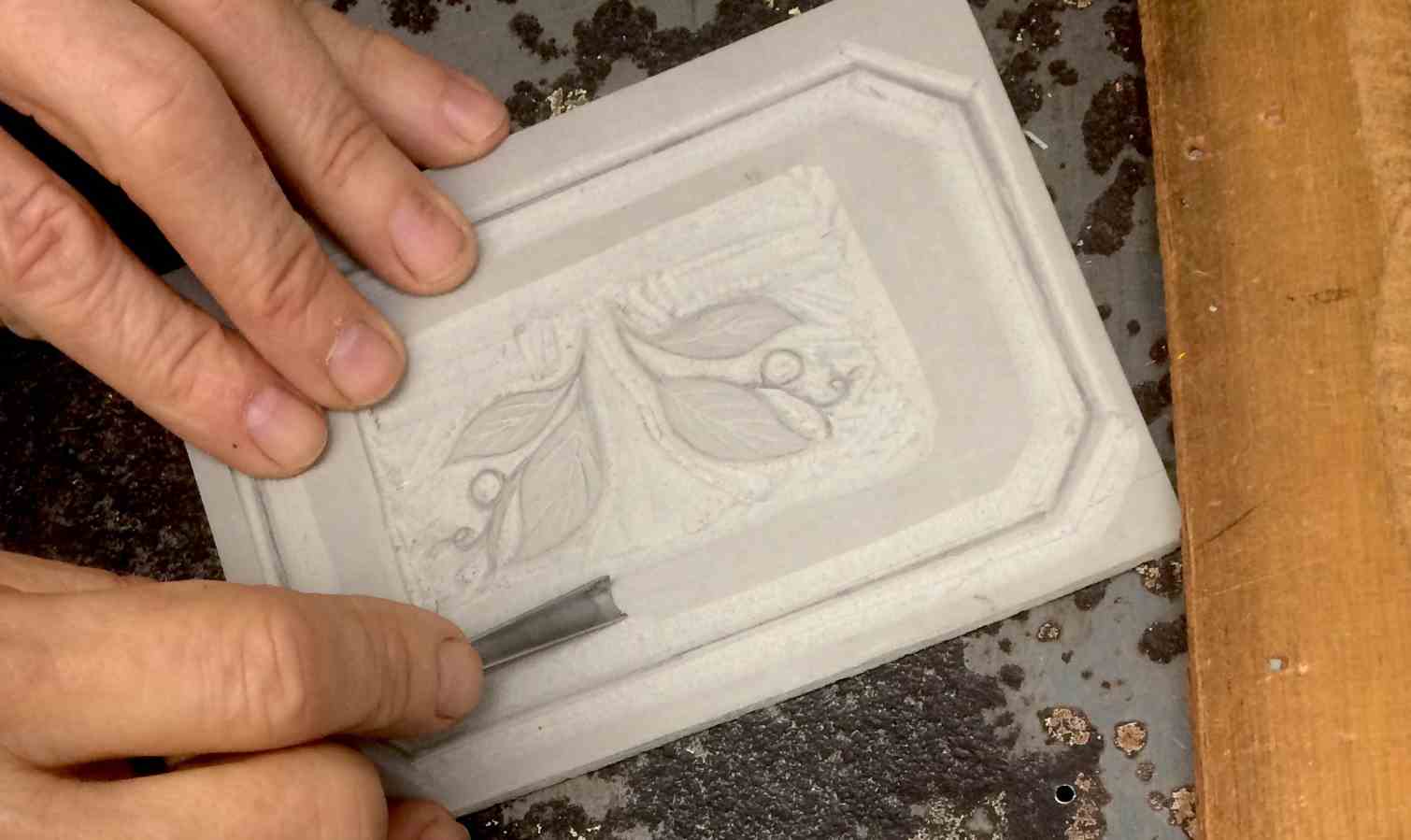
Today, as then, every time I begin an illustration it will start with a pencil drawing. I will rough out my initial thoughts with a number of thumbnail sketches so I can sort out my ideas. Then I will work up the one I think will work best. Pencil has to be the most versatile and direct way to get these ideas down. I will then transfer the final pencil drawing by rubbing it onto a lino plate. At this point I am thinking about the number of plates I am going use and having a rough idea of colour distribution. Not that it always ends up that way as I never quite know what the final result is likely to be until I have started printing.
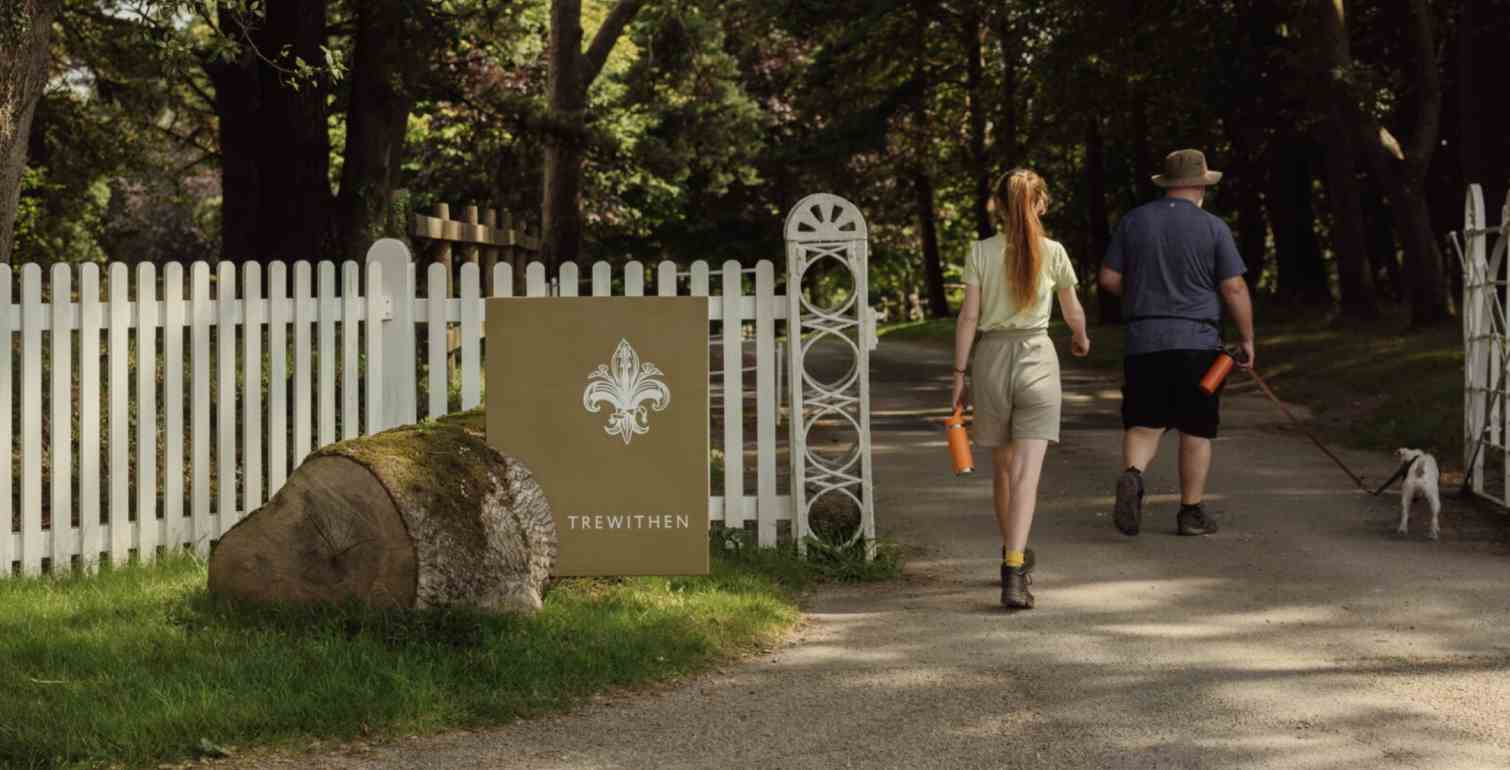
Printing is a whole other process, of cutting away and occasionally having to add bits of lino plate. Lino cutting is messy and I am surrounded by bits which end up in the most unlikely places. I use the same lino that comes in great big rolls ready for laying on floors. I used to use brown lino but it is not available anymore so I now use grey. I was very lucky when I was starting out to have been able to buy that aforementioned Albion Press, made in 1860, at an auction in Gloucester. It was transformative to my career as a printmaker and illustrator.

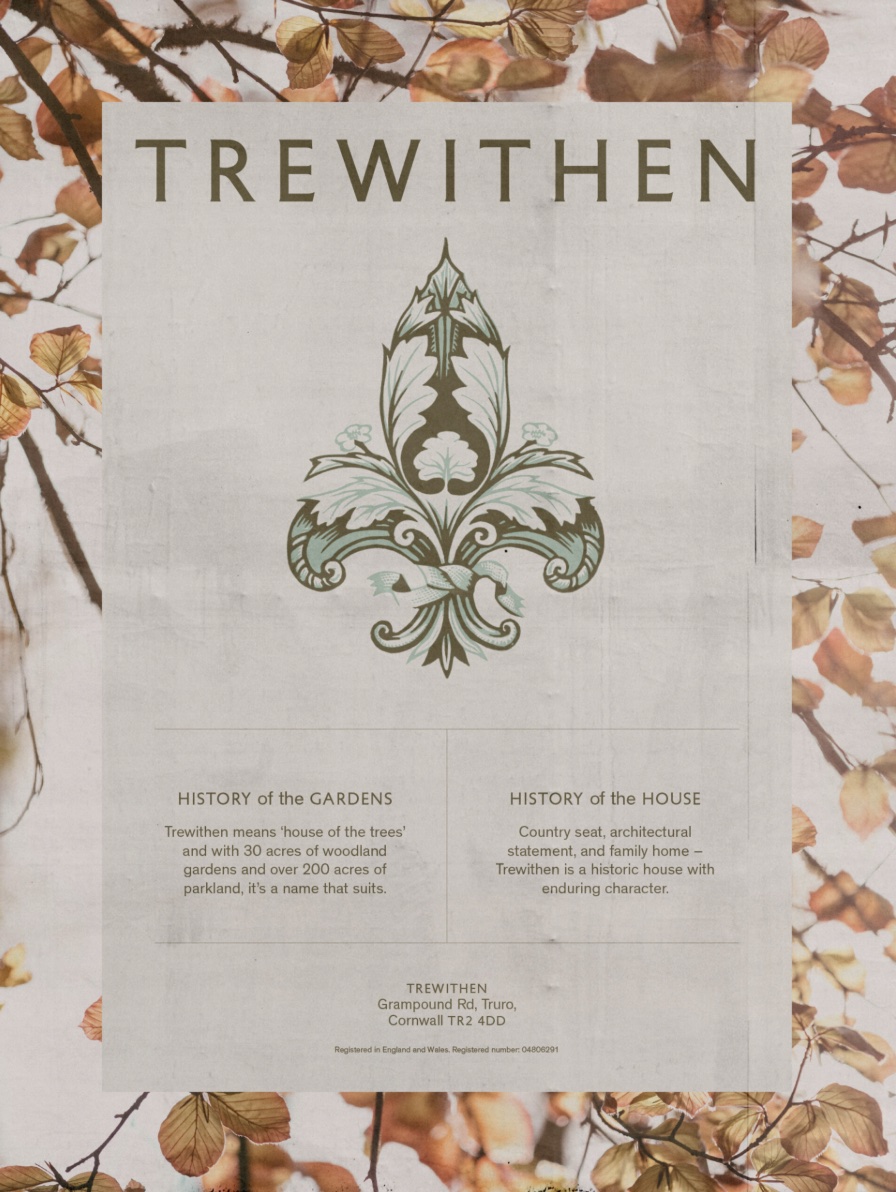
A job that stays in my mind as the most enjoyable was for four illustrations for the Post Office, for stamp books. Not only was I given plenty of time for research but also it was one of the few occasions where I had to travel to locations a to sketch the subject matter in situ. The theme was of watermills, and windmills with locations from as far north as a click mill in the Orkneys and south to Sussex windmills. The stamp book images were no more than 5 by 3 centimeters so they had to be very precise. I think, sometimes it is hard to decide what size a design needs to be worked at. Too big and the tendency is to put in too much detail and too small and the cut marks become too fiddly and difficult to print clearly."
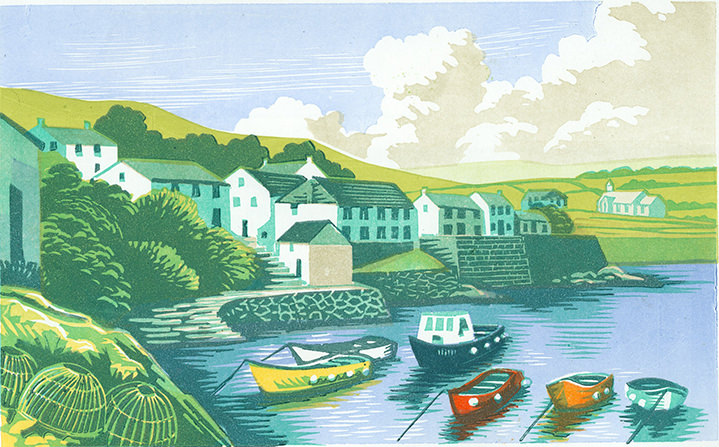
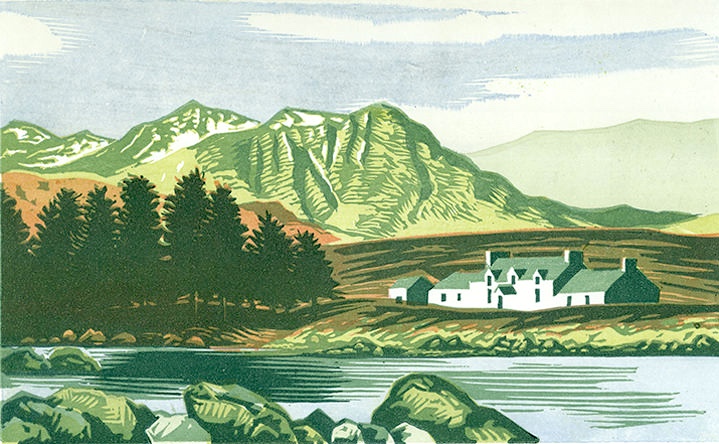
Like what you see? See more from Jeremy here.












News





